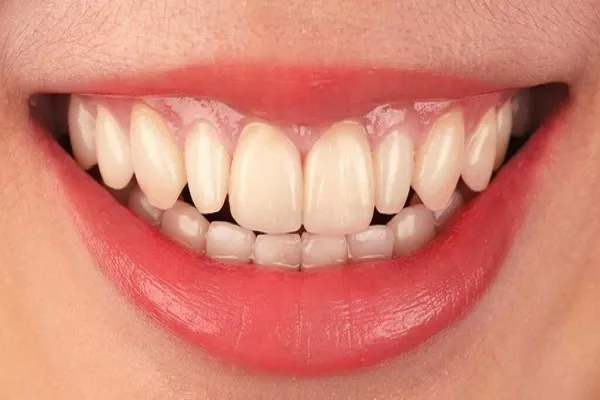In the world of orthodontics, braces are a common solution to address dental alignment issues. While braces are highly effective in straightening teeth, they can often cause discomfort and irritation. This is where orthodontic wax comes to the rescue, offering much-needed relief. In this comprehensive guide, we will delve into the world of orthodontic wax and provide you with step-by-step instructions on how to apply it for maximum comfort.
Orthodontic wax, a soft and pliable material, is specifically designed to alleviate the discomfort caused by braces. It’s a versatile tool that can be easily applied to various areas of your braces, providing a protective barrier that reduces friction and irritation. In this article, we’ll explore how to apply orthodontic wax effectively, sharing valuable tips and insights to make your orthodontic journey smoother.
1. Gather Your Supplies:
Before you start, it’s essential to ensure you have everything you need at your disposal. To apply orthodontic wax, you’ll require the following supplies:
a. Orthodontic Wax: This is the star of the show. You can find orthodontic wax in most drugstores or orthodontic offices. It usually comes in small, easy-to-carry containers.
b. Clean Hands: It’s important to have clean hands before handling the wax to prevent any contamination.
c. Tissue or Cotton Ball: You may need this to dry the area around your braces, ensuring the wax adheres properly.
2. Identify the Problem Areas:
Braces tend to cause the most irritation where metal brackets and wires come into contact with the soft tissues of your mouth. These areas are your target for applying orthodontic wax. Here’s how to identify these problem areas:
a. Lip and Cheek Sores: If you notice any sore spots on the inside of your lips or cheeks due to friction with your braces, these are prime candidates for wax application.
b. Protruding Wires: Sometimes, braces’ wires can poke or rub against your cheeks or tongue. Locate these areas that require immediate attention.
c. Bracket Edges: Sharp or rough bracket edges can also lead to discomfort. Feel for any areas where the brackets may be causing irritation.
3. Preparing the Wax:
To prepare the orthodontic wax for application, follow these steps:
a. Clean Your Hands: Wash your hands thoroughly with soap and water to ensure they are free from dirt and germs. This will prevent any contamination of the wax.
b. Break Off a Small Piece: Carefully break off a small piece of orthodontic wax. It should be enough to cover the problem area but not too much to avoid any excess.
c. Warm the Wax: Roll the small piece of wax between your fingers to warm it up and make it more pliable. This will help the wax adhere better to your braces.
4. Apply the Orthodontic Wax:
Now, let’s dive into the process of applying orthodontic wax to your braces:
a. Dry the Area: Use a tissue or a cotton ball to dry the problem area, ensuring it’s free from moisture. This step helps the wax stick better.
b. Mold the Wax: Take the warm, pliable wax and shape it into a small ball. Press the wax onto the problematic area, covering it completely. Ensure that the wax creates a protective barrier between your braces and the irritated part of your mouth.
c. Smooth It Out: Gently smooth the wax over the bracket or wire. This will help ensure that the wax stays in place and doesn’t interfere with your braces’ functionality.
5. Reapply as Needed:
Orthodontic wax is not a one-time solution. It may wear down or fall off over time due to eating or talking. If you experience continued irritation or discomfort, don’t hesitate to reapply the wax as needed. Remember to remove any old wax before applying a fresh piece.
6. Additional Tips and Tricks:
Here are some extra tips to enhance your experience with orthodontic wax:
a. Flavor Options: Some orthodontic wax products come in various flavors, making the experience more pleasant. You can choose from mint, fruit, or other options.
b. Consult Your Orthodontist: If you find that you need to use orthodontic wax frequently, consult your orthodontist. They can adjust your braces to minimize discomfort.
c. Be Gentle: While applying orthodontic wax, be gentle to avoid damaging your braces or hurting your mouth further.
In conclusion, orthodontic wax is a lifesaver for anyone on a braces journey. By following these simple steps and tips, you can effectively apply orthodontic wax to alleviate discomfort and irritation. Remember to keep your hands clean, identify the problem areas, prepare the wax properly, and apply it as needed. With orthodontic wax in your toolkit, you can make your orthodontic experience much more comfortable and enjoyable.
Related Links:
Does brace change your face shape?
How to clean orthodontic retainers?
Why do dentist put rubber bands between teeth?






























